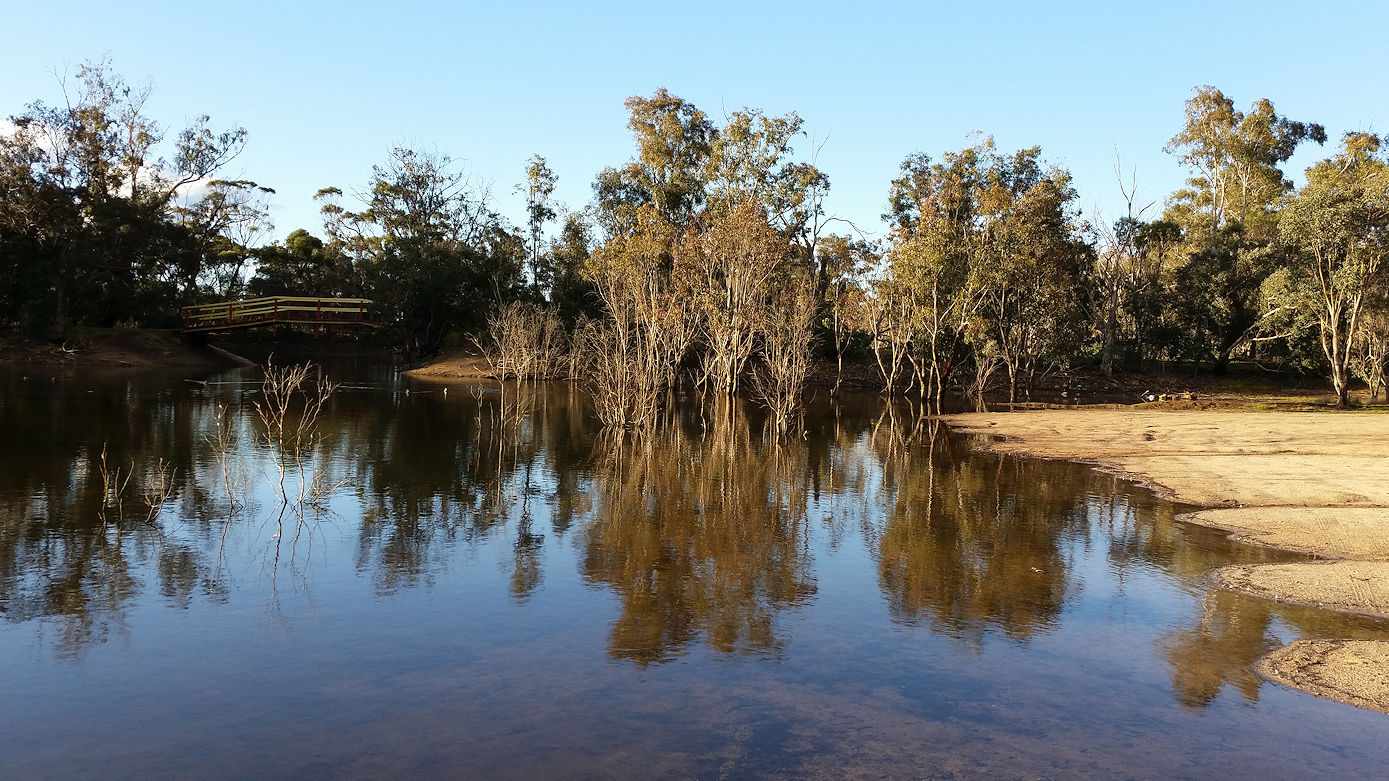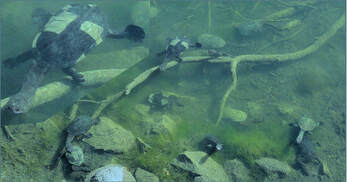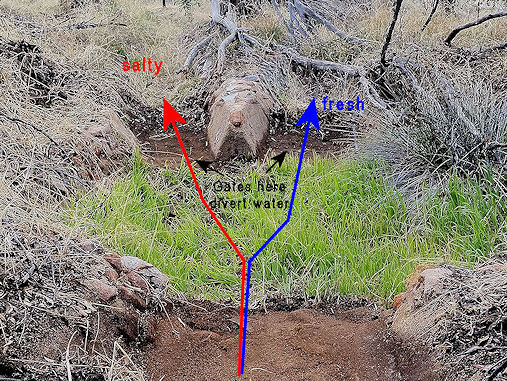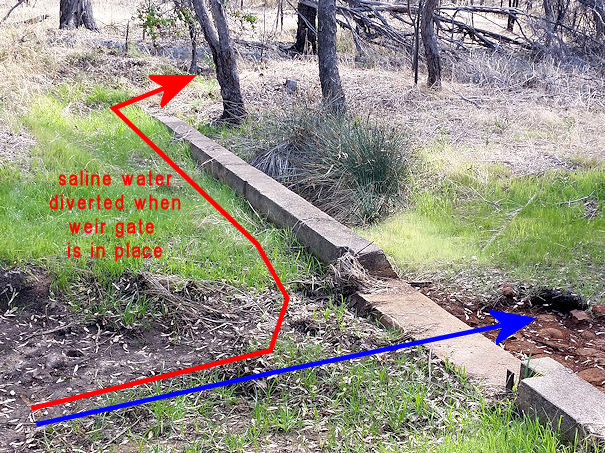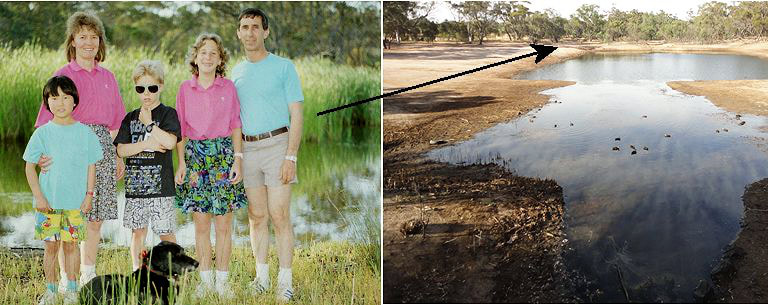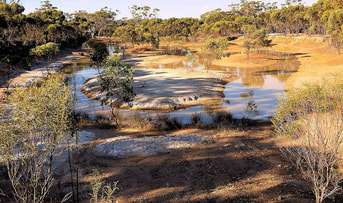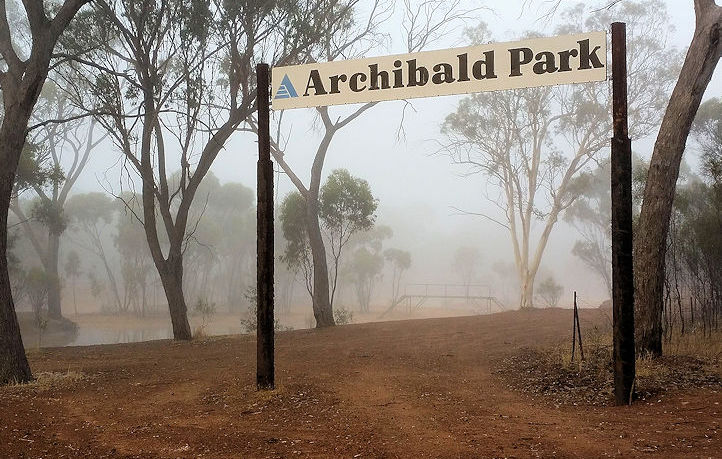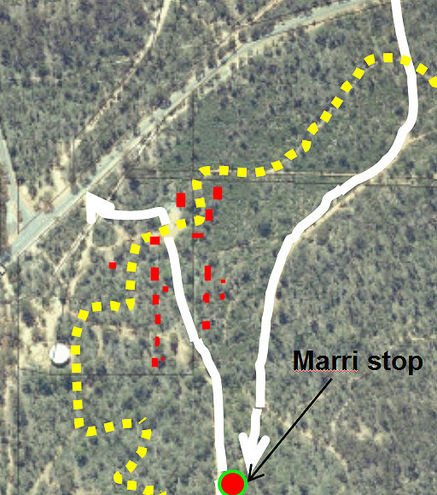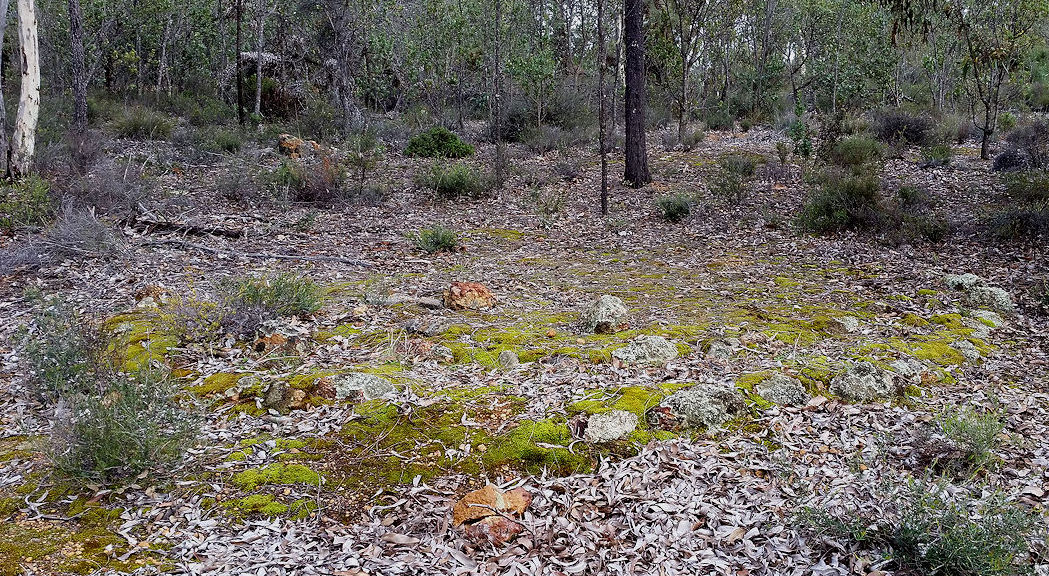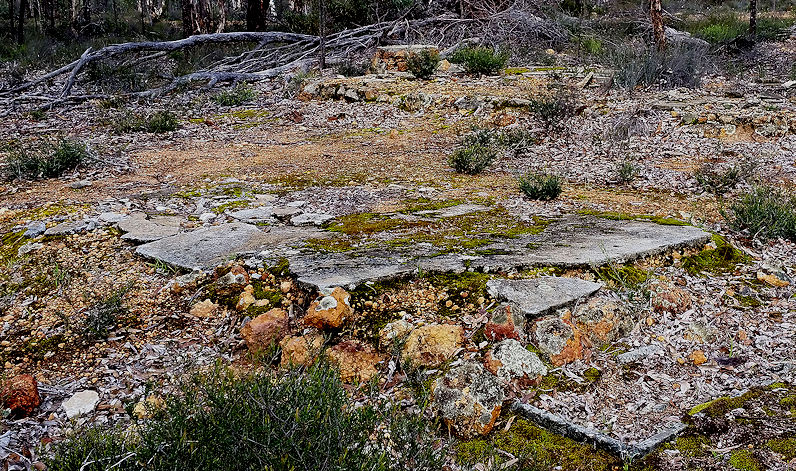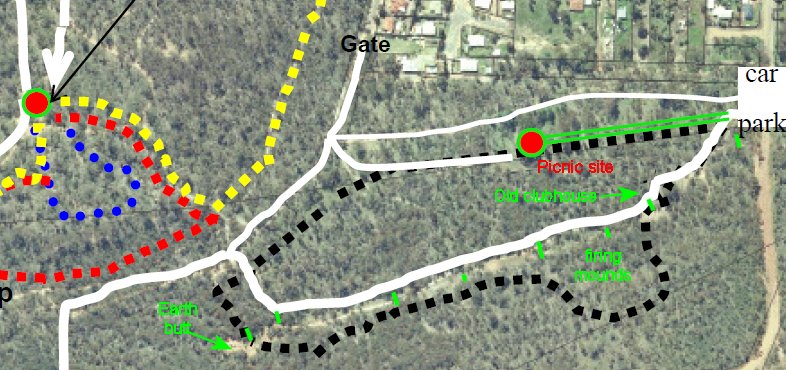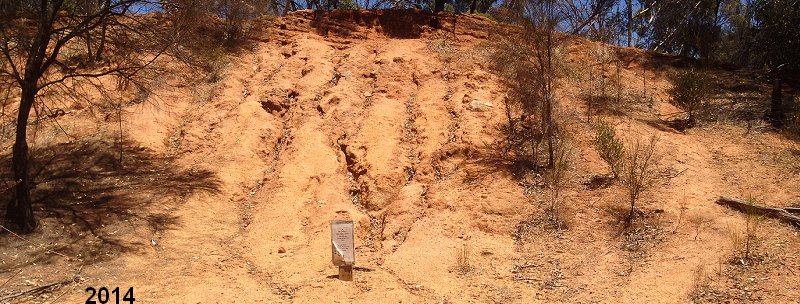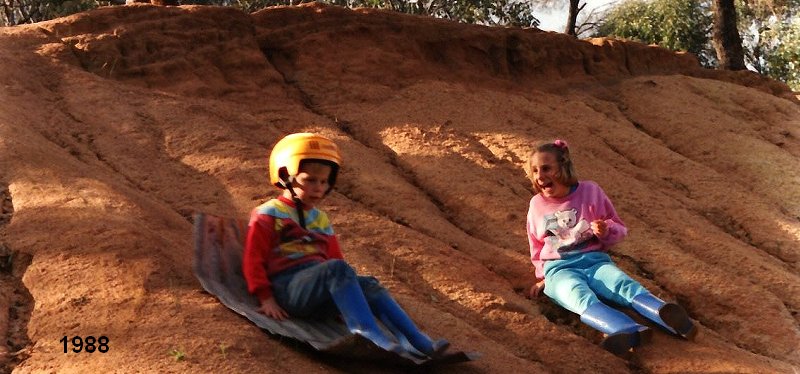Railway dam is a historic and beautiful spot to visit. Attractions include.
- A picnic area with free gas BBQs
- RV camping
- Two walk trails. The Dam Walk (white 650 metres 20 minutes), and the Archibald Park Walk (red 1200 metres 40 minutes).
- historical information
- a jet boat course
- A memorial to World War 2 immigrants who are now an integral part of Narrogin,
Please note that it is not good practice to feed wild animals, particularly in a small dam like this where overpopulation could lead to catastrophic deaths.
Steam locomotives require large amounts of fresh water Built in 1912, Railway Dam was the third local water source (after the Narrogin Pool, and then a dam, both of which were near the now derelict railway station). This was only for railway use, and the town remained critically short of water until a pipeline from the Wellington dam at Collie was constructed in 1954.
As land surrounding the dam was gradually cleared for agriculture, increasing salinity led to the construction of a spaghetti-like system of drains to separate fresh and saline water flows into the dam. Drains and weirs originally started up near Graham road. A weir and a separator on the south western edge of the reserve also redirected fresh (blue), or saline (purple) water to either the dam or the disposal drain that bypasses the dam. Where they crossed the saline channel went underneath the fresh channel.
Since then and 2021 the dam has filled twice.
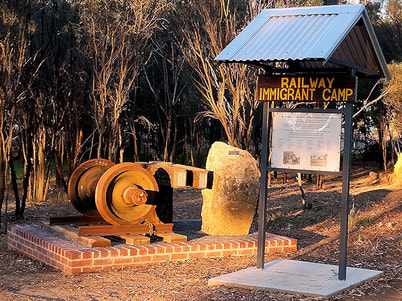
Many of these people obtained their own house, and remained in Narrogin to become leading citizens
The file below contains a fascinating account of the times and these resilient people.
| Narrogin World War 2 migrant history |

The course has been resurrected with an event in October 2020.
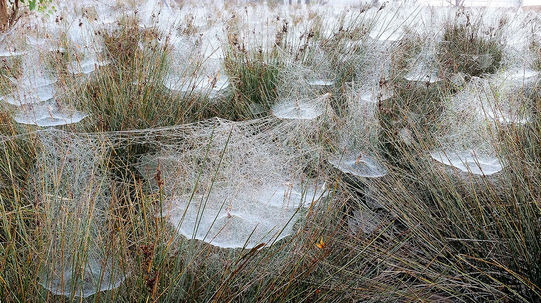
| |
